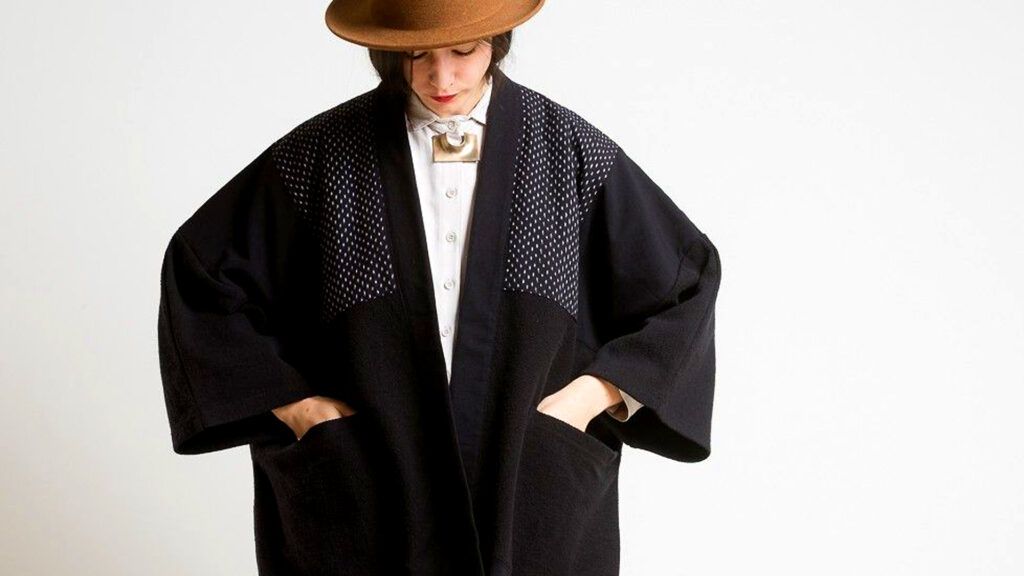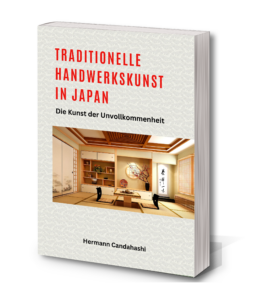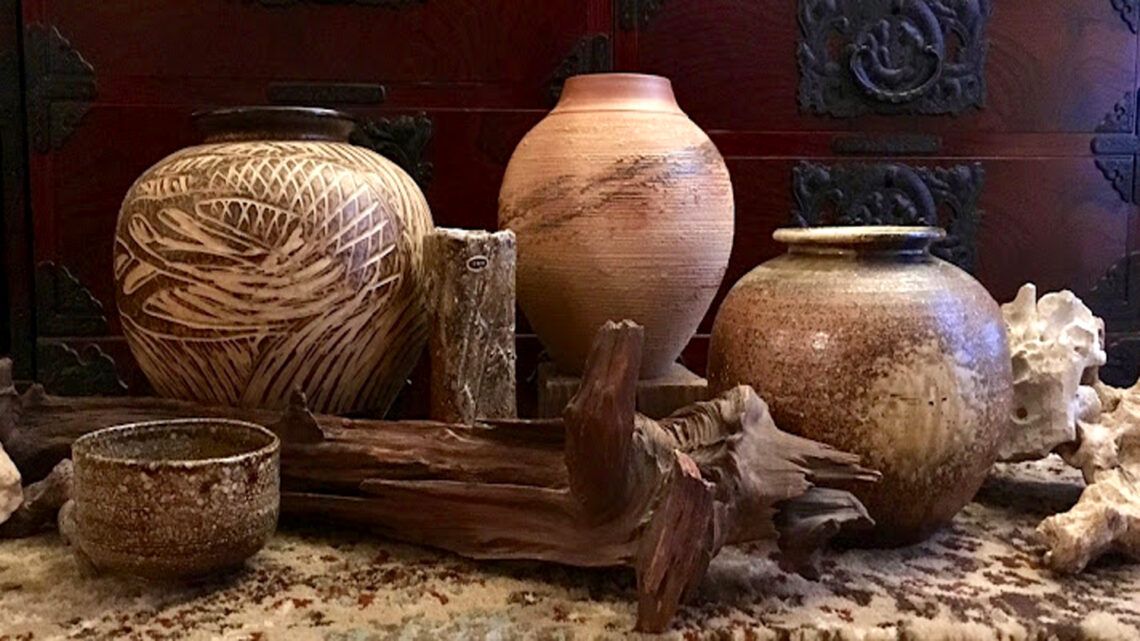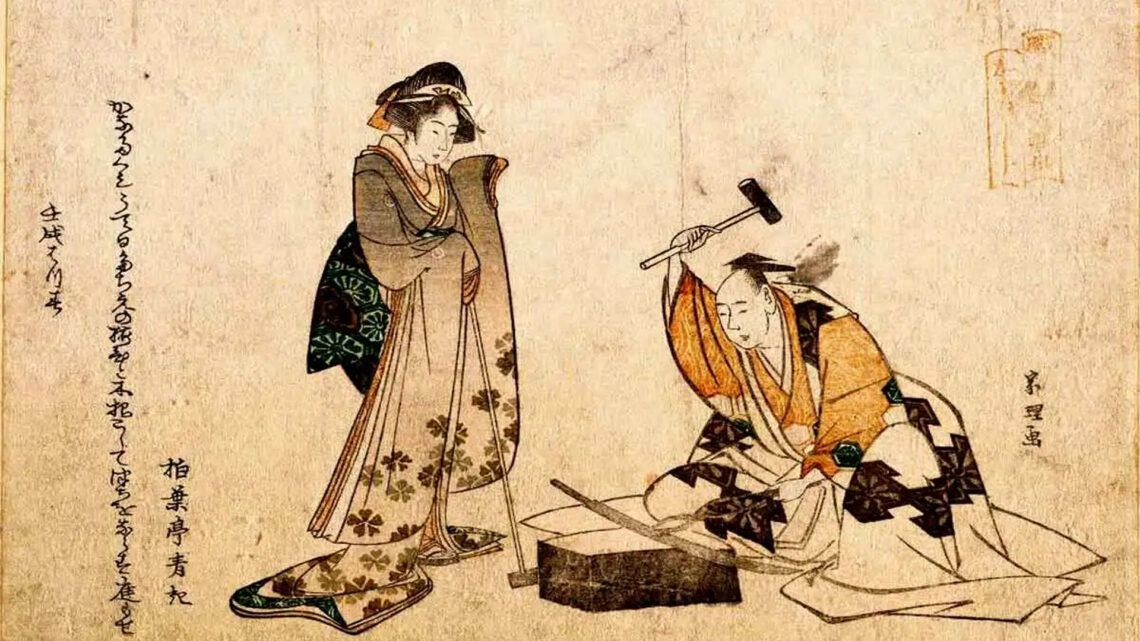
Deeply rooted in Japan’s rich cultural history, Japanese textile art is a fascinating tapestry of tradition and innovation. This art form not only reflects craftsmanship but also the profound connection of the Japanese people to nature, aesthetics, and spirituality. Within the various facets of Japanese textile art lie stories of past epochs, regional influences, and artistic dedication, making it a unique treasure.
A significant part of this art form is the technique of kimono cutting and dyeing. The kimono, a traditional Japanese garment, has undergone a remarkable transformation over the centuries. From the opulent, hand-painted kimonos of the Heian period to today’s subtle, modern designs, each kimono reflects the evolution of Japanese society and culture.
Dyeing techniques, such as Shibori, lend fabrics a unique texture and pattern. Shibori, a traditional Japanese resist-dyeing technique, involves complex bindings and folds applied to the fabric before dyeing. The result is stunning patterns often inspired by nature, such as waves or clouds. This technique requires not only skill but also a deep understanding of the interplay between textile and color.

In addition to kimonos, Japanese silk weaving holds a prominent place in textile art. The use of high-quality silk, such as the famous Nishijin silk from Kyoto, speaks to attention to detail and a pursuit of perfection. These silk weaving traditions have produced generations of craftsmen who preserve traditional weaving techniques while also allowing room for contemporary interpretations.
The connection to nature is a central element in Japanese textile art. Yamato, the traditional art of dyeing with plant-based colors, exemplifies this connection. This technique involves extracting natural dyes from plants, flowers, and roots to color fabrics. The color palette ranges from warm earth tones to soft pastels, with each color carrying a specific meaning or association.
Noren, traditional Japanese curtains, are another fascinating chapter in textile art. These partition curtains are often used in shops or living spaces and are adorned with symbols, patterns, or characters. Noren not only serve as decorative elements but also have a functional role, delineating space while allowing the flow of air and light.
Over time, Japanese textile art has not only established itself in the traditional art world but also in the contemporary fashion world. Designers from around the globe draw inspiration from the elegance and sophistication of Japanese textile art. The fusion of tradition and modernity, craftsmanship, and innovation makes this art form a timeless treasure that appeals to the senses and touches the soul.

In the workshops of Japanese artisans, masterpieces are created that preserve cultural heritage while allowing room for creative expression. The art of Kanoko Shibori, where tiny dots are stitched onto the fabric and then gathered, creates a fascinating pattern reminiscent of starry skies or falling rain. This precise craftsmanship requires not only skill but also a deep spiritual connection to the process.
Another impressive example of Japanese textile art is Yuzen painting, applied to kimonos. Fine lines and vibrant colors are used here to create complex patterns of plants, animals, or landscapes. Each brushstroke tells a story, weaving the rich symbolism of nature into the fabric of the kimono.
The diversity of Japanese textile art is also reflected in regional variations. Each region of Japan has its own techniques, patterns, and traditions influenced by local resources and cultural influences. For example, the Bingata technique is widespread on the island of Okinawa, where vivid patterns and colors are applied to the fabric.
However, Japanese textile art is not limited to fabrics alone. The art of Kumihimo, braided cord weaving, plays a crucial role in the production of belts, ribbons, and other accessories. This art requires precision and skill as different strands are interwoven in complex patterns.

The connection between textile art and the tea ceremony is another fascinating facet. The Chaji, a complete tea ceremony, often involves the use of handmade textiles such as Chaji-tenugui (tea towels) and Chaji-kakeshita (tablecloths). These textiles not only contribute to the aesthetics of the ceremony but also express respect and appreciation for the art of tea.
In the contemporary art scene, Japanese textile artists are setting new standards by blending traditional techniques with modern materials and concepts. The boundaries between craftsmanship and contemporary art are blurred, and artists are experimenting with various forms of expression to explore the complexity of Japanese textile art.
Japanese textile art is not only a visual feast but also a profound cultural experience. It reveals the essence of Japanese creativity, which is manifested in every woven thread. From handcrafted Noh costumes to contemporary installations using textiles as a medium, the diversity of this art form offers infinite possibilities for interpretation and inspiration.
A particularly impressive example is the traditional technique of the Nui Project. Here, old textiles such as kimonos or obis are reinterpreted in contemporary artworks. Artists cut, sew, and combine these old fabrics to tell new stories and highlight the connection between past and present.

The Japanese excel at incorporating their environment into their art, as seen in the unique technique of Sakiori weaving. Here, old textiles are cut into narrow strips and then woven into new fabrics. This recycling practice not only gives the fabrics a special texture but also contributes to sustainability and appreciation for resources.
Another fascinating chapter of Japanese textile art is its connection to religion. Elaborately crafted silk banners, called Shide, are often used in Shinto shrines. These banners symbolize the presence of gods and are waved during religious ceremonies. The intricate folding technique used to create the Shide is a craft passed down from generation to generation.
The Ainu, Japan’s indigenous population, also have a unique textile tradition. Ainu weaving is characterized by its geometric patterns and the use of plant-based dyes. Each piece tells stories about Ainu culture and its close connection to nature and animals.
The use of textiles in Japanese architecture is another interesting element. Fusuma, sliding doors in traditional Japanese houses, are often adorned with hand-painted textiles. These doors serve not only as room dividers but also as canvases for artistic expression that shapes the atmosphere of the space.
Kogin embroidery, a traditional stitching technique from the Tsugaru region, is another gem of Japanese textile art. Geometric patterns are stitched with colored wool onto coarse linen. This craft, often applied to everyday clothing, not only gives the fabrics a special texture but also serves as an expression of individuality and community spirit.
The connection between textile art and the tea ceremony is particularly evident in the art of Chaji kimonos. These kimonos are specially tailored for the tea ceremony and feature subtle patterns reflecting the seasonality and spirit of the ceremony. The selection of fabrics and patterns is of great importance, emphasizing the delicate balance between simplicity and elegance.

However, Japanese textile art is not limited to traditional techniques. In the realm of contemporary fashion experimentation, designers integrate innovative materials and technologies to create new dimensions. From smart textiles that react to environmental conditions to avant-garde designs that blur the lines between art and fashion, Japanese textile art also shapes the modern design landscape.
The connection to nature remains a constant thread in Japanese textile art. The Yamato art of plant dyeing is not only applied in traditional art but also inspires contemporary artists. The use of natural dyes, often locally sourced, creates a direct connection to the environment and emphasizes sustainability in art production.
In the workshops of textile artists, masterpieces are created where craftsmanship, aesthetics, and cultural significance harmoniously merge. The journey from raw material to finished artwork is a process that requires not only technical expertise but also a deep connection to the traditions and values that permeate Japanese textile art.
Sashiko embroidery, originally a pragmatic method to reinforce textiles, has evolved into a distinct form of artistic self-expression. The regular, geometric patterns, often stitched in indigo blue, tell stories of prosperity and protection. This art form is not only applied to everyday clothing but is also valued in the art scene as an expression of craftsmanship and creativity.
Japanese textile art is a cultural heritage that is not only preserved but also further developed. In modern educational institutions and workshops, young people are taught traditional techniques. This continuity of tradition ensures that the unique skills and knowledge of textile artists remain alive in future generations.
In conclusion, Japanese textile art is much more than just craftsmanship. It is a vibrant form of expression that intricately weaves together history, nature, spirituality, and innovation. In every intricate pattern, in every careful stitch, and in every woven thread, the rich culture and deep connection of the Japanese to textile art are revealed.
My Conclusion:

In Japanese textile art, a tradition spanning centuries is revealed, marked by innovative craftsmanship, deep cultural connectedness, and a constant pursuit of beauty and expression. The diversity of this art form reflects not only the techniques and designs but also the values and traditions that have carried it through generations.
Rooted deeply in the country’s history, each technique, each pattern tells a story. The art of kimono cutting and dyeing, Shibori, Nui Project, Yuzen painting, Ainu weaving, Kogin embroidery, and many other techniques are like chapters in a book reflecting the evolution and diversity of Japanese culture.
The skill of Japanese textile artists is evident not only in the precise execution of techniques but also in their ability to merge tradition and innovation. These artists have understood how to preserve the treasures of the past while creating space for creative expression and contemporary interpretation.
The connection to nature permeates all of Japanese textile art like an invisible thread. Yamato, the art of plant dyeing, the use of natural dyes, the incorporation of elements such as waves, clouds, and plant patterns – all these are expressions of a deep appreciation for nature and its beauty.
The regional variations in textile art testify to the diversity within Japan. From Nishijin silk in Kyoto to the Bingata technique in Okinawa, each region reflects its own history, resources, and cultural identity in textiles.
Japanese textile art is not limited to clothing but also extends to various aspects of daily life. The Fusuma in traditional houses, the Shide in Shinto shrines, the Chaji kimonos in the tea ceremony – all these applications demonstrate the versatility and cultural significance of textile art in Japanese everyday life.
The integration of textile art into architecture, the connection to religion, its use in Ainu culture, experiments in contemporary fashion – Japanese textile art has constantly evolved, transcended boundaries, and found new forms of expression.
The art of Sashiko embroidery and Kumihimo weaving are examples of the adaptability of textile art. Originally used pragmatically, these techniques have evolved into forms of artistic self-expression that unite tradition and innovation.
Textile art in Japan is not only a cultural heritage but also a vibrant artistic creation that continues in the workshops of the artists. The teachings of the masters are passed down to the next generation, ensuring continuity in craftsmanship and cultural significance.
In the contemporary art scene, Japanese textile art remains a significant influence. Designers and artists around the world are inspired by the techniques, patterns, and aesthetics of Japanese textile art, and these influences manifest in contemporary works that bridge tradition and modernity.
The conclusion of this profound examination of Japanese textile art lies in its timeless beauty, cultural relevance, and enduring ability to inspire generations. Textile art in Japan is not just a craft but a living narrative of history, nature, spirituality, and human creation. Through every woven thread and every stitched seam, Japan’s cultural identity is celebrated in a way that transcends time.


FOR MORE READ MY BOOK: TRADITIONAL CRAFTSMANSHIP IN JAPAN
(available in german and english)
dear readers, like everything created, this book is subject to the principle of wabi-sabi and cannot shed light on all facets and characteristics of this vast area of japanese traditions. nevertheless, it may be suitable to inspire you on a further search for aspects of these fascinating art forms. if i succeed in doing this with you, i will have achieved my goal.
japanese craftsmanship has the unique ability to combine art and functionality. it ranges from the traditional tea ceremony to intricately crafted ceramics, from finely worked wood carvings to stunning textiles. these traditions are passed down from generation to generation and are not only an expression of skill, but also of deep cultural and religious significance. in them, imperfection is not seen as a failure, as it is in western countries, but as a path to a rarely achieved perfection.
japanese craftsmanship is not only a legacy of the past, but also a living heritage that is constantly evolving. modern artisans bring their own creativity to the tradition, creating innovative works that bridge the gap between the past and the future. this synergy between tradition and modernity makes japanese craftsmanship a fascinating and vibrant part of japanese culture…



